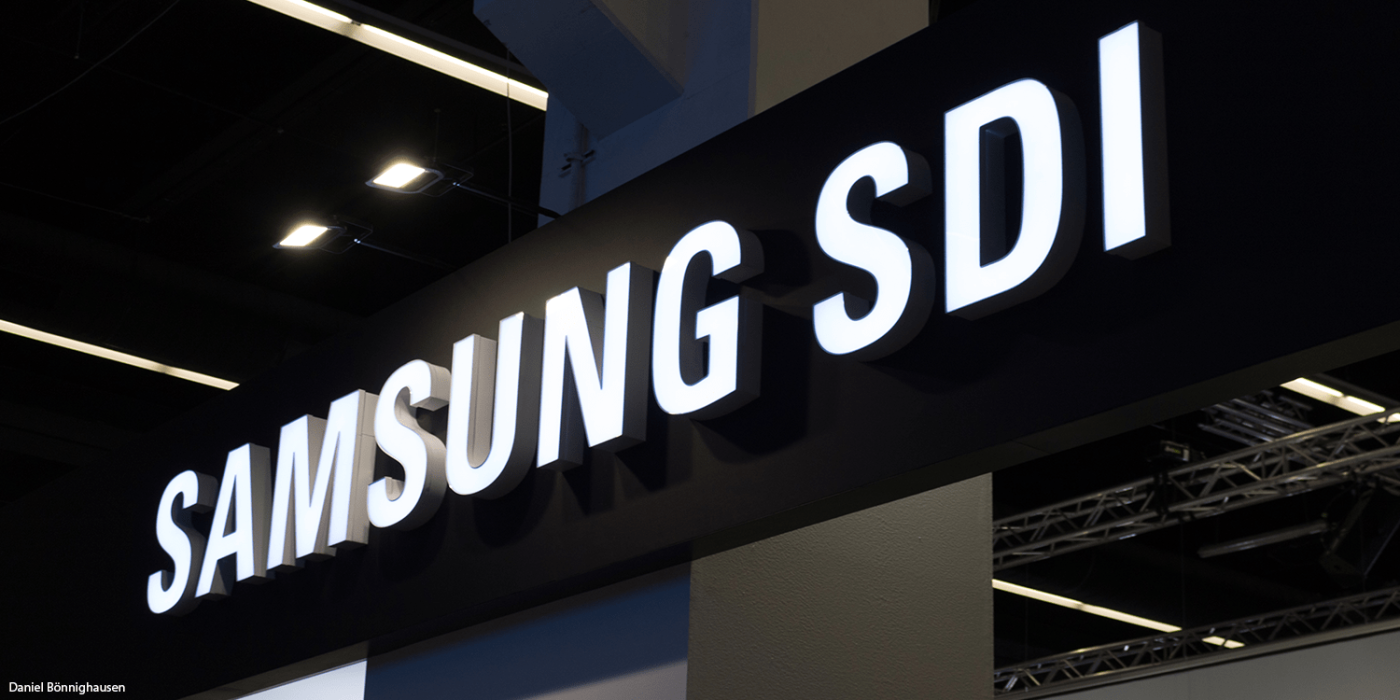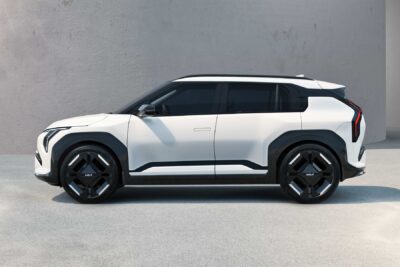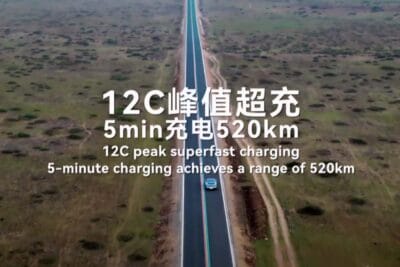Samsung increases nickel content in NCA batteries
Samsung SDI has increased the nickel content in the cathodes of its battery cells with NCA (nickel-cobalt-aluminium oxide) chemistry for electric cars. This should not only increase the energy density, but also reduce the costs compared to cells with a higher cobalt content.
As the battery manufacturer announced at the InterBattery trade fair in South Korea, cylindrical cells with a nickel content of 91 per cent (compared to 88 per cent previously) are already being produced. The information comes from Chang Hyuk, Executive Vice President and Head of Research at Samsung SDI. In the long term, the nickel content could rise to as much as 94 per cent, according to Chang.
As InsideEVs reports, the version with 88 per cent was used for the first time in cylindrical cells for power tools in 2015, before it was later also used in batteries for electric cars. According to the Korean portal The Elec, the 88 per cent cells are said to have been installed for the first time in 2018, which could refer to the premiere in electric cars.
The new cells with 91 per cent nickel content in the cathode are said to have a volumetric energy density of 670 Wh/l. The report does not say in which format the round cells will be built.
In the prismatic cells with NCA cathode, the nickel content is now 88 per cent. Like the new round cells, they are already in production and are expected to have an energy density of 630 Wh/l. The report does not say which format the prismatic cells with NCA cathode will be built in. In a new, unspecified SUV model, this battery should enable a range of 620 kilometres.
Based on the time it took Samsung SDI to bring the round cells from 88 per cent nickel to 91 per cent, this development step for the prismatic cells could also take several years.
However, the Korean company is probably also working on other technologies – one of which could not only reduce the cobalt content, but eliminate it completely. This is said to be NMx cathodes, which rely only on nickel and manganese oxide. The Chinese cell manufacturer SVOLT already offers cobalt-free NMx cells – but nothing is currently known about differences or similarities to the approach of SVOLT and Samsung SDI.
According to Chang, Samsung SDI has already produced several hundred kilograms of NMx cathode material. While a high nickel content improves the energy density and thus the range of the vehicle, a higher manganese content lowers the costs. The price of nickel has already risen sharply, and manganese oxide is also more common.
In addition, Samsung SDI is said to be working on dry electrode production. This production process is faster and cheaper. Tesla wants to use this for its 4680 cells, the know-how comes from the acquisition of Maxwell. According to Chang, Samsung SDI should already be able to produce “relatively large electrodes” using the dry process. As soon as the final challenges are solved, the company can commercialise the technology.





2 Comments